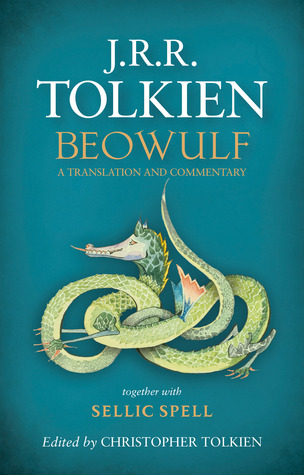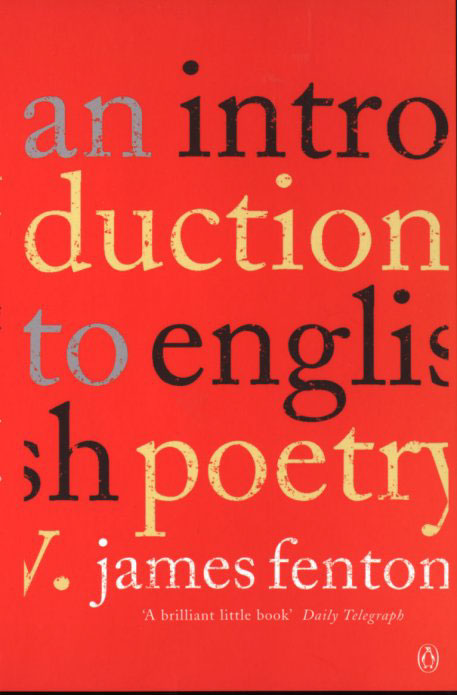 Beowulf: A Translation and Commentary, J.R.R. Tolkien, ed. Christopher Tolkien
Beowulf: A Translation and Commentary, J.R.R. Tolkien, ed. Christopher Tolkien
I’m full of wonder right now. Not so much at the translation of Beowulf — Tolkien was well-versed in the language and knew what he was doing, and the tone is often reminiscent of The Lord of the Rings, which emphasises his attempts to weave his own stories with the old stories of England — but at all the commentary published together here. Pretty much every issue I considered in my undergraduate class/es on Beowulf is touched on here — the pagan aspects, the episodes, potential interpolations, mythic and historic origins — and dealt with in a confident, convincing way. Tolkien’s close reading of the text is exemplary. I don’t feel like I have the knowledge to criticise his work, but I do know that it’s incredibly worth reading.
As with most of the other posthumously published work by Tolkien, though, this isn’t really something for the layman. It’s not exactly technical, but in delves into the minutiae so much. For a translation of the poem for an interested but not greatly knowledgable layman, I’d still recommend Seamus Heaney’s translation as lively, well-considered and interesting. For commentary on the poem, general introductions are still enough. But for anyone who is more deeply interested in Beowulf, then this is an amazing resource. His treatment of the plot of the poem as a short story, ‘Sellic Spell’, doesn’t entirely convince me as a precursor story to Beowulf (it rings very strongly of fairytales, to me, and not so much to a sort of mythic background) but is interesting nonetheless.
In terms of fans of Tolkien’s fiction as well as or instead of his academic work, there are gems here for us too. His translation of Beowulf really emphasises the Beowulfian elements in The Hobbit, and the way he phrases things, though slightly more archaic, is definitely familiar. His commentary mentions words you might recognise from his novels — maþm, OE ‘gift’, for example, as long as you remember that þ = th…
All in all, this may be because of my personal interests and the fact that I have done some academic work on Tolkien, but I think this is generally more valuable than most of the other work brought out posthumously by Christopher Tolkien, and I found CT’s editing most logical and less of a barrier here than ever since The Silmarillion. I got very excited about it, and while I got an ebook to have it right away, I will shortly obtain a hardcover for my collection, and count it worth it.

